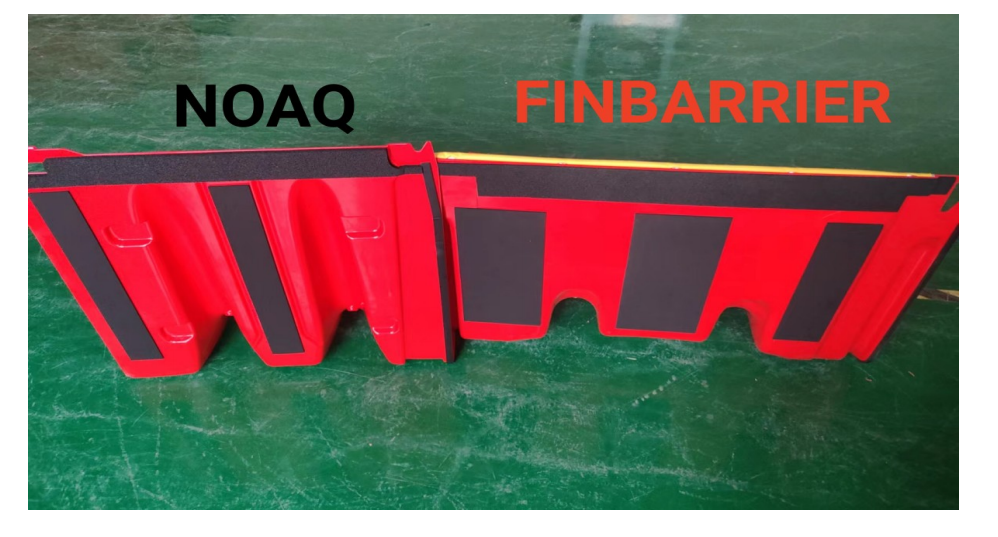1. The selected seedling wood varieties are guaranteed to have a purity of over 98%, with a stem thickness exceeding 0.5 cm and a height of more than 30 cm. The grafting site is smooth, and the root system develops well, ensuring strong and healthy growth.
2. When planting, maintain a spacing of 5 meters by 6 meters. Fix the stake at the center of the planting site. Dig a semi-circular hole on the lower half of the hill, and dig a nearly circular hole with a depth of 50–60 cm and a diameter of 70–80 cm. After the seedlings have established themselves, dig semi-circular pits in the upper half of the hill between August and October of the same year or from February to April of the following year, to promote better root development and nutrient absorption.
3. During the plastic repair process, trim any damaged roots that were injured during seedling cultivation, as well as tender branches and leaves that emerged in autumn and winter, to reduce water loss. Remove all binding films used during grafting. Each seedling should have only one main branch left. Prune thin branches and unnecessary side branches to encourage stronger growth and better structure.
4. When planting bayberry seedlings, ensure they are planted deeply enough so that 2–3 new leaves are buried underground. Spread out the root system straight without twisting or curling, and cover the roots with loose soil about 10 cm thick to ensure good contact between the roots and the soil. Then, cover with 15–20 cm of earth, pressing it down gently without using hammers or other tools that could damage the roots. After planting, place three stones around the base in a triangular formation to help the roots settle naturally, which supports early root establishment. The soil covering also helps retain moisture, regulate temperature, and protect the young plant.
5. Fertilization should focus on phosphorus and potassium, with less nitrogen. A small amount of phosphorus fertilizer can be applied during the sapling stage to accelerate growth. From May to June, apply diluted liquid manure or potassium sulfate compound fertilizers to promote new shoot development and improve overall health.
6. Proper shaping of the tree is essential during the sapling stage. Select 3–5 main branches on the central trunk, and remove all other shoots. Once the main trunk reaches 20–40 cm in height, perform topping and select the most upright branches to become the main scaffold branches. These should be guided during the growing season to ensure proper structure and balance.
7. Pest and disease control is crucial. Common issues include brown spot disease, tumor disease (Myrica sore), branch blight, and anthracnose, with brown spot being particularly prevalent from April to June and again from August to November. For control, use a lime sulfur solution at a concentration of 0.8–1.5 degrees for seedlings larger than pomelo size. From August to November, codling moths and beetles may damage young shoots. Treat them with 2,500-fold dimethoate, 3,000-fold malathion, or 4,000-fold chrysanthemum insecticides, applying them after 3 p.m. to minimize harm to beneficial insects and maximize effectiveness.
Innovative Fin Flood Barrier 2023 Debut

Innovative Fin-type Flood Barrier,Innovative ABS Flood Barrier,Flood Mitigation Barrier,Denilco Flood Barrier
Denilco Environmental technology(Suzhou)Co., Ltd. , https://www.wflood.com